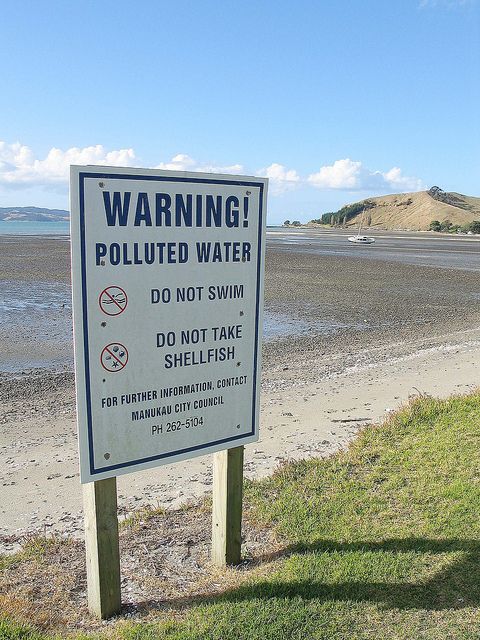Biosecurity
Biosecurity pathways are human activities that, intentionally or unintentionally, may move a harmful organism from one place in New Zealand to another. 7b4b6f82-2eb4-4a0e-ac88-ded5dab4d514 The table below highlights some of the pathways related to marine farming.
Transfer Mechanisms for both Finfish and Shellfish | |
|---|---|
| Farm structures and activities | - Provide a vector for marine pathogens and diseases
- Can create environmental conditions that facilitate the establishment of pest species |
| Wider impacts | - Can spread disease to wild populations |
The fixed structures found in marine farms can provide ideal habitats for some marine pest species, particularly biofouling species such as barnacles, tubeworms and seaweed that grow on submerged structures and on the shellfish themselves. A marine farm provides a substrate on which these organisms can settle and multiply, when there might not naturally have been such an opportunity, hence increasing the chance of establishment in an area.

Such biofouling can include invasive species such as the Japanese kelp (Undaria pinnatifida) which has been associated with mussel farms in the Hauraki Gulf. The nitrogen discharges produced by finfish farming may increase the growth of such unwanted species. af6bb1f6-1d08-4464-b126-b21c5340da2b
As well as potentially increasing biosecurity risks, biofouling is of direct concern to marine farmers, as it can lead to lower yields through poor growth of the shellfish. Removal of biofouling organisms – which is usually done by hand – can be a very expensive and labour-intensive job for marine farmers. It can also result in higher maintenance costs, as a result of equipment becoming damaged or unusable because of the growths. When biofouling organisms grow on finfish nets, they can reduce water flow and hence reduce oxygen availability and flushing of metabolites through the nets and increase their weight. Nets must therefore be changed or cleaned regularly.
The transportation of spat, gear, stock and vessels around the country has the potential to spread pests and diseases. It is therefore important to ensure that all stock and spat comes from healthy sources and that all equipment is cleaned properly before transportation. International transfers of finfish feed and used aquaculture farm equipment are controlled by Import Health Standards that outline stringent quarantine and control measures to minimise the risk of disease transfer.
Most marine farmers follow a code of practice, in order to minimise the risk of spread of pests and diseases. The industry has also become involved in joint biosecurity efforts, including the long-term management plan for the invasive sea squirt Styela clava (Clubbed tunicate), which is discussed in the case study below. For this species, the mussel industry operates a code of practice, to minimise its spread to unaffected regions. In addition, marine farmers play an important role in biosecurity monitoring, due to their frequent surveillance of marine stock and equipment.
-
http://www.marinebiosecurity.co.nz/downloads/2216309/Pest+Pathways.pdf
-
Du Fresne, 2008, 2
Last updated at 5:54PM on January 11, 2018